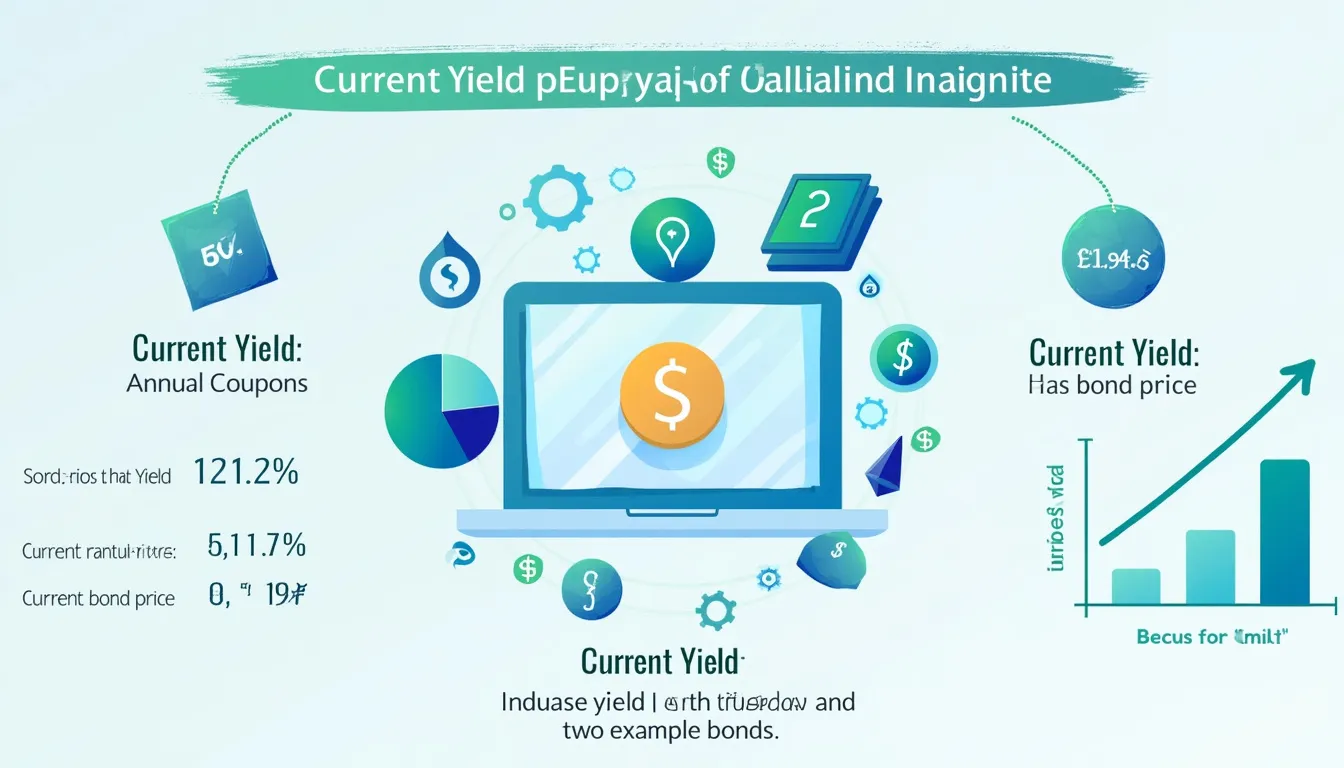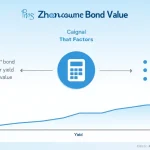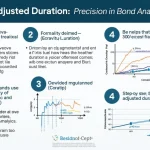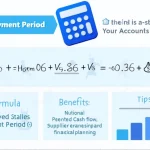Current Yield Calculator
Is this tool helpful?
How to use the tool
- Fill “Annual Coupons”: enter the total yearly payments, e.g. 80 or 45 dollars.
- Fill “Current Bond Price”: type today’s market price, e.g. 1 040 or 890 dollars.
- Press “Calculate”: the tool outputs current yield instantly.
- Interpret: a higher yield signals more income for every dollar invested today.
Formula used
The calculator applies:
$$ rac{\text{Annual Coupon Payment}}{\text{Current Bond Price}}\times100\% $$
Example A
- Coupons = $80
- Price = $1 040
- Yield = $$ rac{80}{1040}\times100\% = 7.69\%$$
Example B
- Coupons = $45
- Price = $890
- Yield = $$ rac{45}{890}\times100\% = 5.06\%$$
Quick-Facts
- Average U.S. corporate bond trade size: $46 billion/day (SIFMA, 2023).
- FINRA recommends checking current yield before purchase (FINRA Bond Basics, 2024).
- 2024 Treasury note coupons range 0.125 %-3.875 % (TreasuryDirect.gov, 2024).
- Bond prices quote as % of $1 000 par, usually to 1/32nd (CME Group Treasury Specs, 2023).
FAQ
What is current yield?
Current yield is the bond’s annual coupon divided by its market price, expressed as a percentage. “It shows what the bond pays today, not at maturity” (Investopedia, 2024).
How does current yield differ from yield to maturity?
Yield to maturity includes all future coupons plus capital gain or loss at redemption; current yield looks only at one year’s income (SEC Investor Bulletin, 2022).
Why does yield rise when price falls?
The coupon stays fixed; dividing by a lower price boosts the percentage return, illustrating their inverse relationship (Federal Reserve Education, 2023).
Can current yield be negative?
Yes—if a bond trades above par and carries a zero or very low coupon, the ratio can fall below zero, as seen in some 2020 European issues (ECB Statistical Data Warehouse, 2021).
Does the tool account for taxes?
No. It delivers pre-tax yield; tax impact depends on your marginal rate and bond type (IRS Pub. 550, 2023).
How often should you update the inputs?
Update whenever market prices move; bond prices can change hundreds of times a day in active issues (Bloomberg Market Data, 2024).
Where can you find reliable coupon and price data?
Use FINRA’s TRACE system for corporate bonds or TreasuryDirect for government securities; both publish daily price feeds (FINRA TRACE Fact Book, 2023).
Is current yield useful for floating-rate bonds?
Less so. Floating coupons reset periodically, so today’s payment may not reflect future income (Bank for International Settlements, 2023).
Important Disclaimer
The calculations, results, and content provided by our tools are not guaranteed to be accurate, complete, or reliable. Users are responsible for verifying and interpreting the results. Our content and tools may contain errors, biases, or inconsistencies. Do not enter personal data, sensitive information, or personally identifiable information in our web forms or tools. Such data entry violates our terms of service and may result in unauthorized disclosure to third parties. We reserve the right to save inputs and outputs from our tools for the purposes of error debugging, bias identification, and performance improvement. External companies providing AI models used in our tools may also save and process data in accordance with their own policies. By using our tools, you consent to this data collection and processing. We reserve the right to limit the usage of our tools based on current usability factors.







